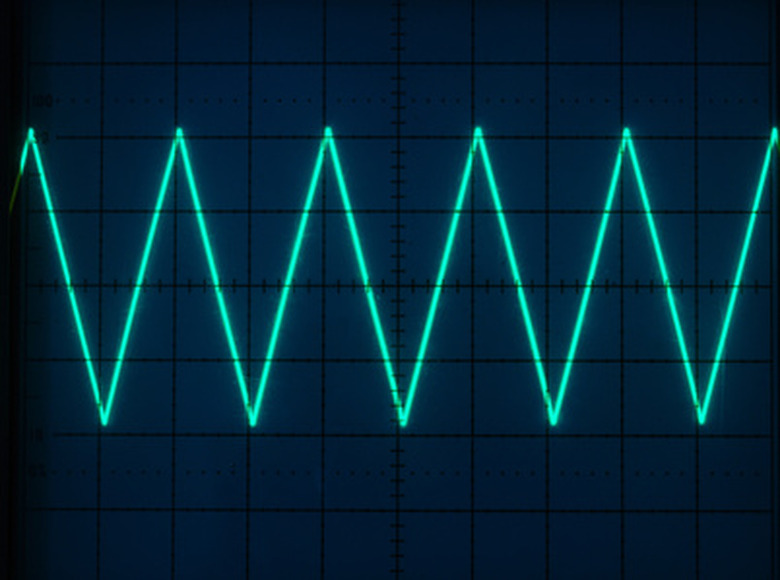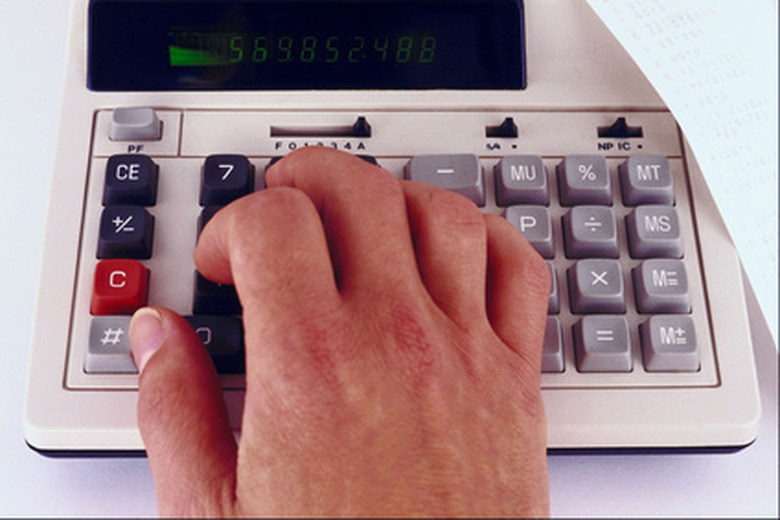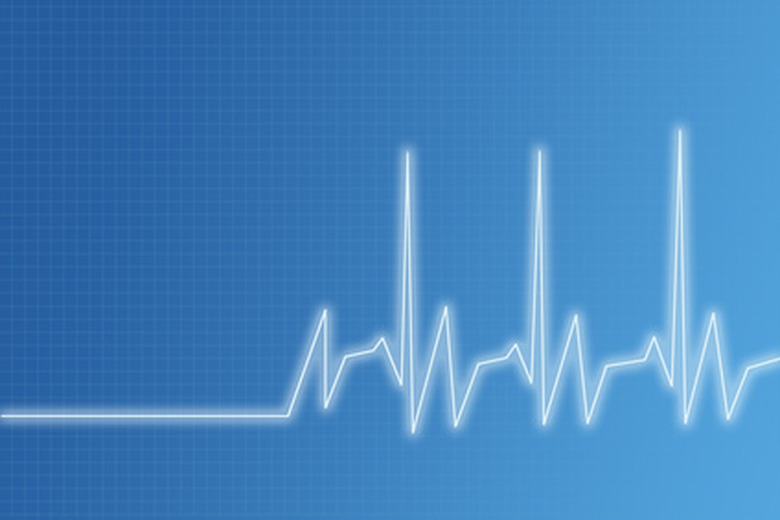How To Calculate Limit Of Detection (LOD)
Analytical instruments are used to detect, quantify and qualify almost everything imaginable. Detection of energy or matter requires a baseline reading (no analyte) and a signal generated by the analyte of interest. Baselines are not perfectly flat-they have mild deviations known as "noise." Limits of detection generally require the analyte signal to be from three to 10 times greater than the "noise" fluctuations.
Step 1
Establish a baseline. Run the analytical instrument in the absence of the analyte to determine the baseline value of the detector. Stable baselines should not drift up or down.
Step 2
Examine the baseline and determine an average value. Use the instrument's integration capability or draw a line through your best-guess at what the average value is between up and down noise. Note the value of the average on the readout scale (y-axis value).
Step 3
Determine the noise. Measure 10 peaks above the average value for your baseline. Add the values together and divide by 10. This is your average noise value. Note: Some instruments have "system" peaks that are predictable and much higher (or lower) than baseline–if you can predict the system peak, it doesn't count in determining noise.
Step 4
Add a standard of known value. Introduce an energy of known value (a sound, light, or electrical input for energy analysis instruments) or a chemical quantity of known value. Start with a high concentration of the standard so you get a good peak in the readout. Note the value (concentration or strength) of the standard and the value of the peak height. Measure from the top of the peak to the baseline.
Step 5
Determine absolute limit of detection. Reduce the concentration or intensity of the standard. Input a smaller signal or concentration until the analyte peak is about three times the height of your average noise peak. This intensity or concentration is the absolute limit of detection.
Step 6
Determine the quantification limit of detection. Increase your input intensity or concentration to the point the peak height is 10 times the average noise peak. This is the lowest concentration for which you can reasonably state the concentration or intensity of the analyte.
Things Needed
- Analytical instrument
- Experimental result
- Peak height measurement
TL;DR (Too Long; Didn't Read)
Any change in chemical or equipment parameters requires recalculation of baseline noise and limits of detection. Some machines require substantial warm-up time before they give an even baseline. Wait until conditions are stable before you figure your limits of detection.
Warning
Researchers are often tempted to use the absolute limit of detection for the limit of quantification. It gives them more data and makes it seem as if they have a more sensitive protocol-but isn't good science. Be conservative and honest for more robust data and a more solid reputation.
Cite This Article
MLA
Contributor, . "How To Calculate Limit Of Detection (LOD)" sciencing.com, https://www.sciencing.com/calculate-limit-detection-lod-6528625/. 24 April 2017.
APA
Contributor, . (2017, April 24). How To Calculate Limit Of Detection (LOD). sciencing.com. Retrieved from https://www.sciencing.com/calculate-limit-detection-lod-6528625/
Chicago
Contributor, . How To Calculate Limit Of Detection (LOD) last modified March 24, 2022. https://www.sciencing.com/calculate-limit-detection-lod-6528625/




